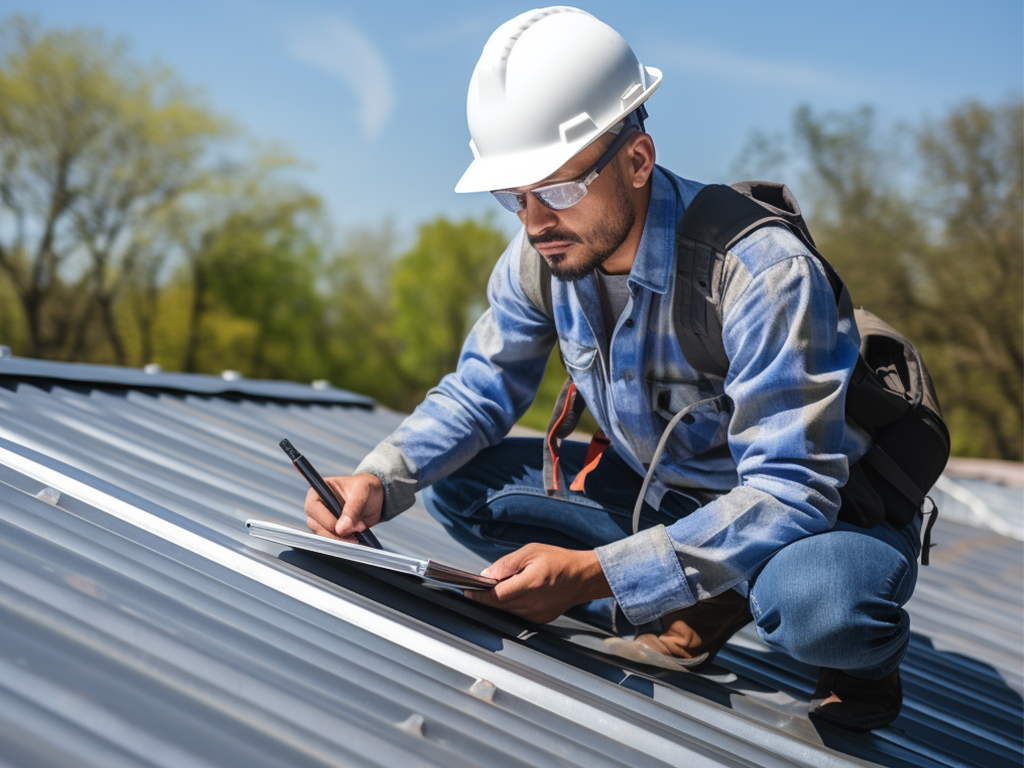If you have a metal roof on your San Antonio home, conducting regular roof inspections is essential to identify potential issues before they cause serious damage. But how often should you actually inspect your metal roof?
While manufacturers typically recommend inspecting metal roofs at least twice per year, the climate in South Texas makes more frequent inspections advisable. Our hot summers, severe storms, and temperature fluctuations can take a toll on roof materials.
We recommend inspecting metal roofs in the San Antonio area at least 3-4 times per year. Inspect the roof after major weather events like hail storms or high winds. Also inspect in fall and spring when seasons are changing. Here are some key things your inspection should look for:
1. Rust spots or corrosion
Check for signs of advanced corrosion which require treatment. Surface rust is normal but deeper rust can be an issue.
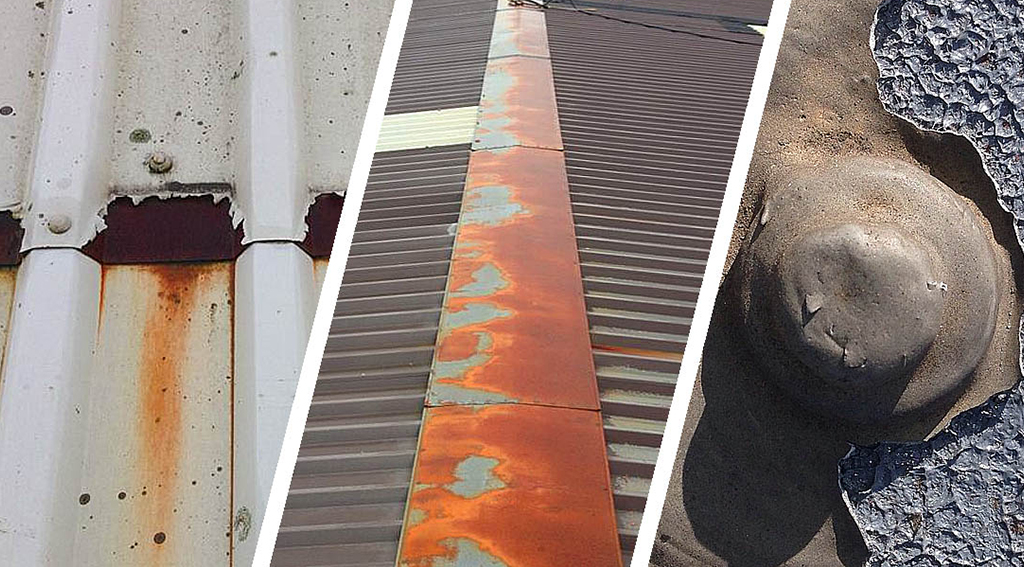
2. Peeling or cracked paint/coating
Certain metal roof coatings can wear out or degrade over time. Inspect for any cracked, flaked, or peeling sections.

3. Loose, missing, or damaged panels or screws
Strong winds can occasionally lift panels or rip out fasteners. Replace any damaged panels.
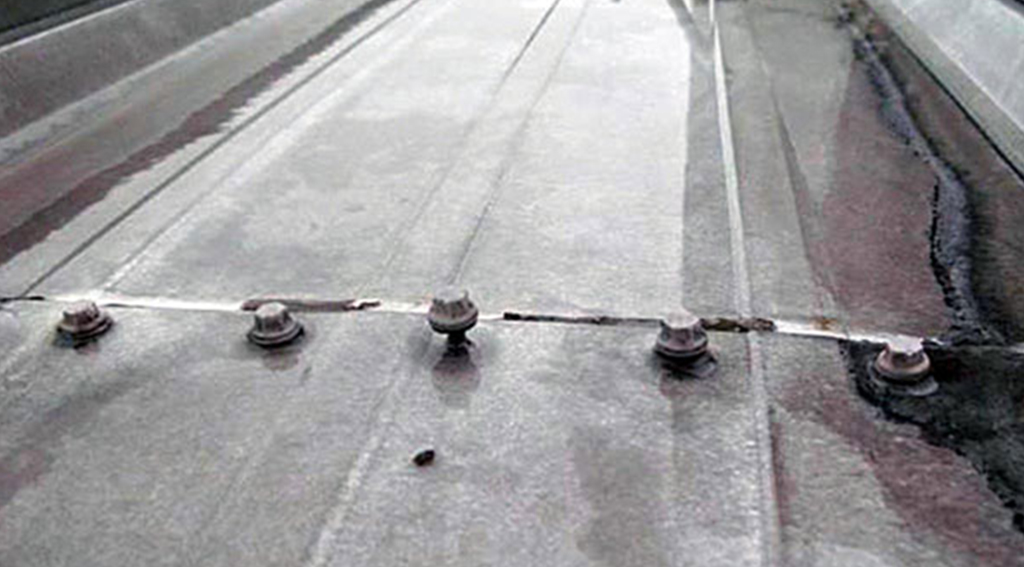
4. Punctures, holes, or other penetrations
Hail and falling branches can puncture metal over time. Seal up any holes.
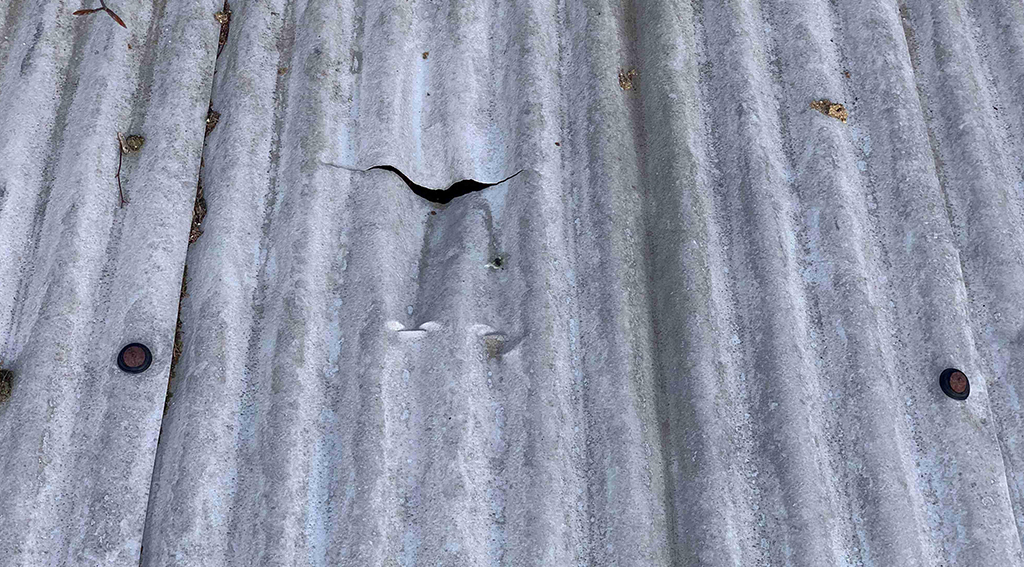
5. Roof leaks
Look for any water spots or stains inside the attic space or home interior. Identify potential leak points.

6. Debris buildup
Excess leaves, branches, and debris can damage the metal over time. Clear the roof of any accumulation.

7. Flashing condition
Ensure metal flashing around chimneys, vents, and valleys isn’t separating or deteriorating.
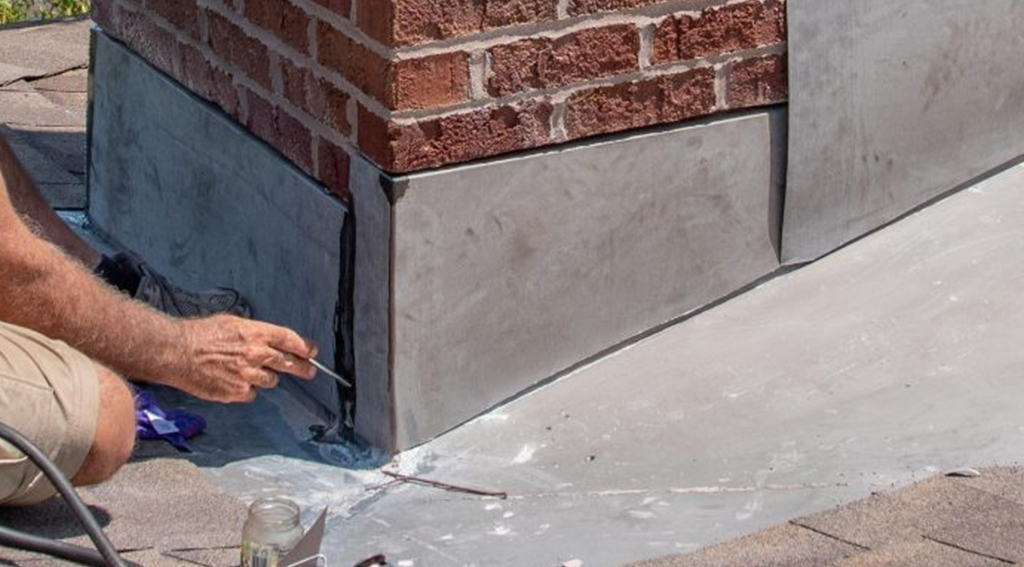
Following these metal roof inspection tips helps prolong the life of your roof and prevent costly repairs down the road. Let us know if we can be of service with your next San Antonio roof inspection or maintenance needs!
Frequently Asked Questions
With proper installation and maintenance, quality metal roofs typically last 40-60 years in the San Antonio climate. Some may last over 60 years before needing replacement.
Signs of a failing metal roof include extensive rusting/corrosion, large holes/punctures, separated panel seams, and water leaking into the attic or home. Significant dents and damage from hail or falling debris can also indicate the need for a new roof.
It’s best to do a thorough inspection of the entire roof, not just spot checks. Issues like fastener pops or small holes can be easy to miss if you only inspect sections. Check all surfaces for any developing problems.
Safety should always come first. Use a sturdy ladder and secure it properly, wear slip-resistant shoes, and ask for help from experienced roofers if the pitch is steep. Hire a professional roofer to complete the inspection if you are unable to access the roof safely.
Most insurance policies do not cover the cost of routine roof inspections. Maintenance and upkeep are typically the homeowner’s responsibility. However, repairs of covered storm damage are often reimbursable through insurance after proper inspection.
Following these metal roof inspection tips helps prolong the life of your roof and prevent costly repairs down the road.
Let us know if we can be of service with your next San Antonio roof inspection or maintenance needs!

